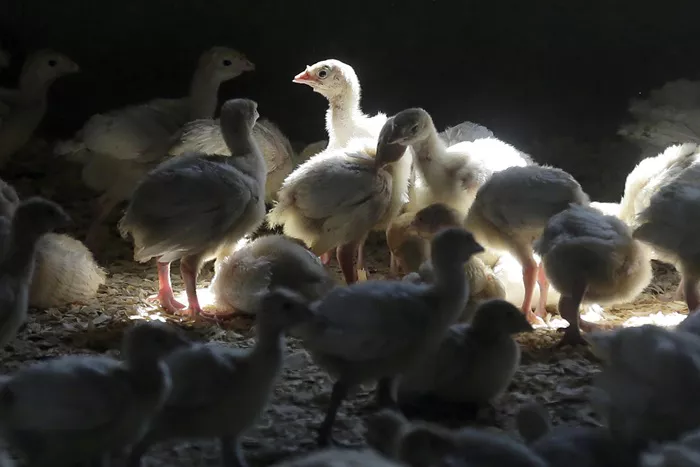July 15, 2024, 11:46 AM
U.S. health officials have confirmed that four poultry workers in Colorado have been diagnosed with bird flu. This recent development brings the total number of bird flu cases in the U.S. to nine since the current outbreak began in 2022.
The four individuals exhibited relatively mild symptoms, including reddened and irritated eyes, fever, chills, coughing, sore throat, and runny nose. None of the affected workers required hospitalization. These symptoms are consistent with those observed in the other U.S. cases, which have also been mild. A fifth person displaying similar symptoms is currently undergoing testing.
The workers, who were involved in culling poultry at a farm in northeast Colorado, had direct contact with infected birds. State health officials have confirmed that all diagnosed workers were exposed to the virus through this contact.
Since 2020, the H5N1 bird flu virus has been detected in mammals across numerous countries, affecting species such as dogs, cats, skunks, bears, seals, and porpoises. Earlier this year, the virus was identified in U.S. livestock and is currently circulating in cattle in several states. Despite this spread, health officials maintain that the threat to the general public remains low as there has been no human-to-human transmission of the virus.
The Centers for Disease Control and Prevention (CDC) has deployed a nine-person team to Colorado to assist in the investigation at the state’s request. The latest cases were among dairy farm workers in Michigan, Texas, and Colorado earlier this year.
The virus found in the four most recent cases appears to be at least partially identical to the strain detected in earlier U.S. cases. However, further genetic analysis is being conducted to confirm its exact match.
As of Friday, the H5N1 virus has been confirmed in 152 dairy herds across 12 states, according to the U.S. Agriculture Department. Additionally, hundreds of commercial poultry flocks in over 30 states have reported cases of H5N1 or other bird flu strains.
Health officials continue to monitor the situation closely, given the deadly potential of earlier versions of the virus in humans. The current focus remains on preventing further spread and ensuring the safety of those who work in close proximity to infected animals.
Related topics:
- Leading GP Advocates for Compassionate Care for Burnout-Afflicted Healthcare Staff
- Survey Launched to Drive Women’s Health Revolution in North East and North Cumbria
- New Medicare Mental Health Centre Announced for Warwick


